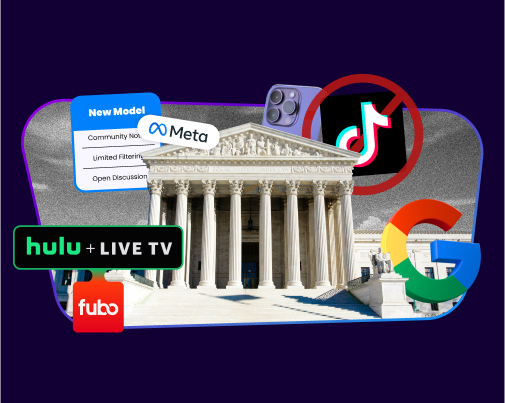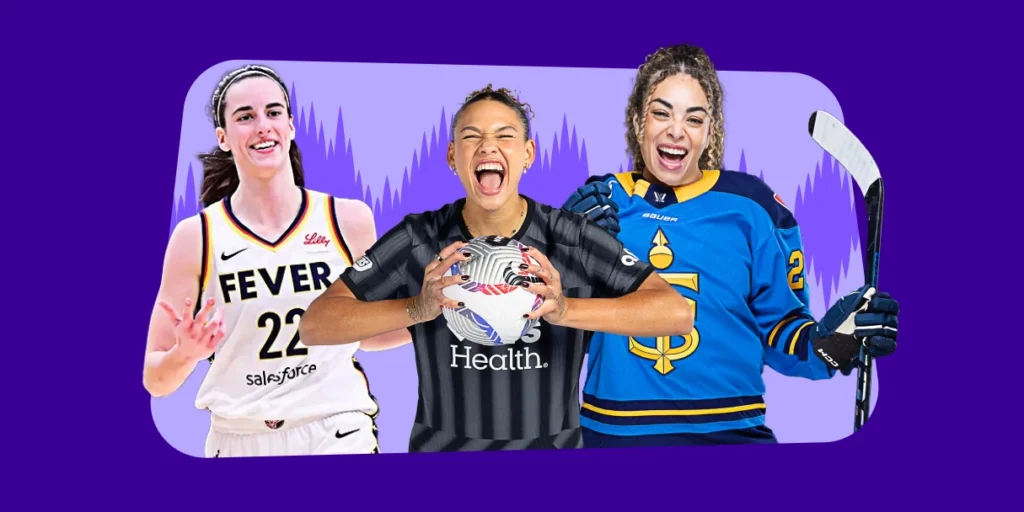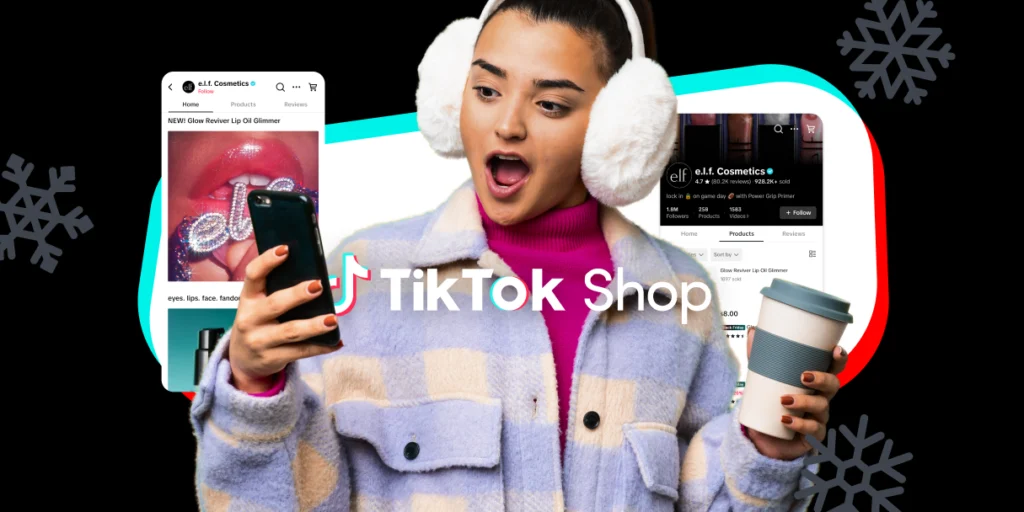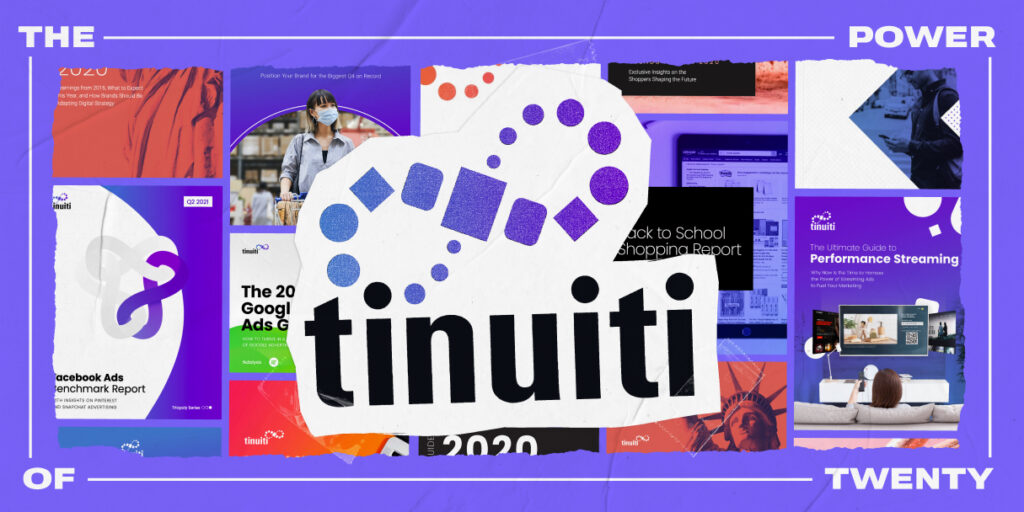Ecommerce remarketing is a simple concept, but it works.
Simply put, the more often a message is seen or heard by the same prospects, the more likely it is to be successful.
That’s part of the reason why remarketing is the foundation of most traditional marketing campaigns and continues to be popular for advertisers on everything from Google to Facebook.
We’ve compiled a comprehensive list of remarketing strategies to augment your existing digital campaign and boost your conversions across channels.
Let’s get started.
FREE Download: The Ecommerce Guide to Conversion Rate Optimization
1. Add all site visitors to your target list.
This may not give you the most narrowed list, but it will provide you with a list of people who have at least a passing interest in the products offered. However, it’s probably not wise to include immediate bouncers.
2. Add the remarketing code to just your homepage.
This is a simple way to target all visitors who visit your website via your homepage, who likely landed there thanks to a referral link or organic search.
3. Add the remarketing code to your YouTube channel.
Target those who have already viewed a how-to or instructional video demonstrating your product. Spotting an ad from the same company that offered that great tutorial may be just the ticket to a conversion.
4. Install multiple remarketing tags aligned with various products or categories to deploy multiple ads to site visitors.
For example, a pet store can send retargeted cat ads to anyone searching for cat products and send ads targeted to dog owners for those who searched for dog products.
Read more: Announcing Remarketing Audiences for Google Search Ads
5. Schedule retargeting efforts at specific intervals.
For instance, retarget prospects who viewed your shopping cart but didn’t complete the purchase at one day, 15 days and 30 days. This enables you to create specific ads designed to close the deal: last-chance offers, final opportunity to get a product at the original price and so forth.
This enables you to create specific ads designed to close the deal: last-chance offers, final opportunity to get a product at the original price and so forth.
6. Consider your industry.
If you’re in the business of renting rental tuxedos, for instance, retargeting the same prospects several months later likely won’t be beneficial. Keep the typical buying cycle in mind when creating interval retargeting ads.
7. Go beyond the standard keyword list.
Add additional search terms (like comparison or reviews) in order to target consumers who have not yet converted but are moving through the sales funnel.
8. Don’t forget about cookies.
Each remarketing list requires 500 cookied visitors before the ads are displayed. If your site has low traffic, a shopping cart abandonment campaign may not be successful. Consider a broader audience.
9. Use retargeting ads to upsell from a basic service or product to premium or upgraded version.
For example, a cloud computing company selling basic free cloud computing can retarget its subscribers to upsell to higher price point for advanced functionality.
10. Target customers who have recently purchased similar items when a related product becomes available.
For instance, when a movie or book when one of a similar genre or subject matter is released.
11. Remember most consumers aren’t aware of retargeting.
The more frequent their exposure to your ads, the larger they perceive your company to be. Create remarketing campaigns based on local, national or global events. A retailer selling USA-branded apparel may ramp up its campaign leading up to and during the Summer Olympics.
A retailer selling USA-branded apparel may ramp up its campaign leading up to and during the Summer Olympics.
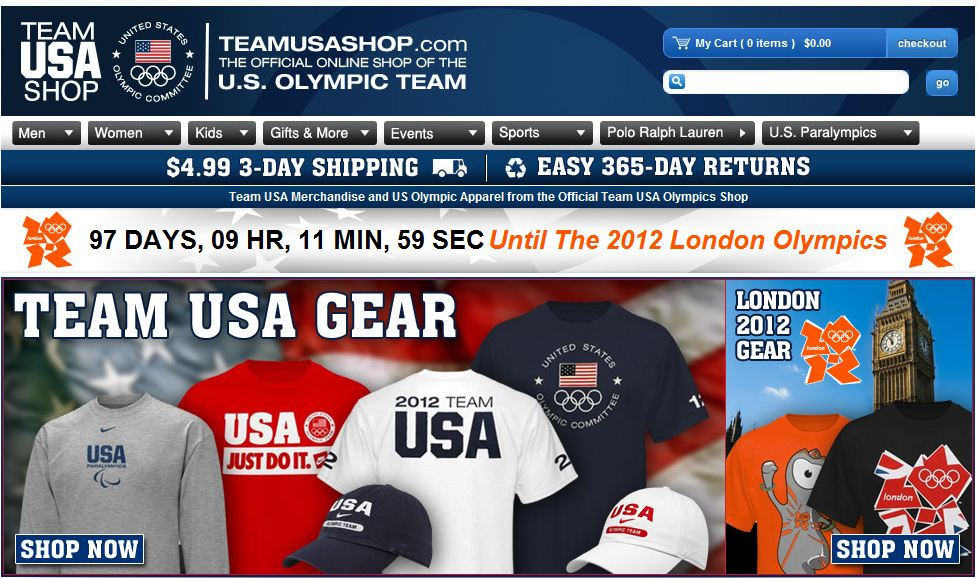
Team USA Shop can retarget past customers leading up to the 2012 Olympics.
12. Establish offers that can’t be found on your website to entice prospects to revisit.
Make it clear in your copy that the offer is strictly limited to those who click through on the advertisement.
13. Target consumers who added products to the shopping cart, but left the site before purchasing.
Check out SeeWhy.com for more information on abandoned cart remarketing solutions.
14. Target those who sign up for product information and updates.
Display ads when new information becomes available, or create targets based upon where the consumer is in the sales funnel. Are they repeat buyers or new prospects just beginning to research products? The ads targeting each group should be distinct.
15. Remember–it doesn’t always have to be about the final sale.
Sometimes it’s just as important to get a visitor to enroll in a loyalty club or sign up for product updates or news. Conversion goals vary from retailer to retailer. If you don’t have an email marketing list (and you should), you’ll want to push for the sale. Check out
If you don’t have an email marketing list (and you should), you’ll want to push for the sale.
16. Target users who are opting out.
Also, target those canceling a regular subscription or returning a tangible product after a free trial period. Entice them with an offer they can’t refuse.
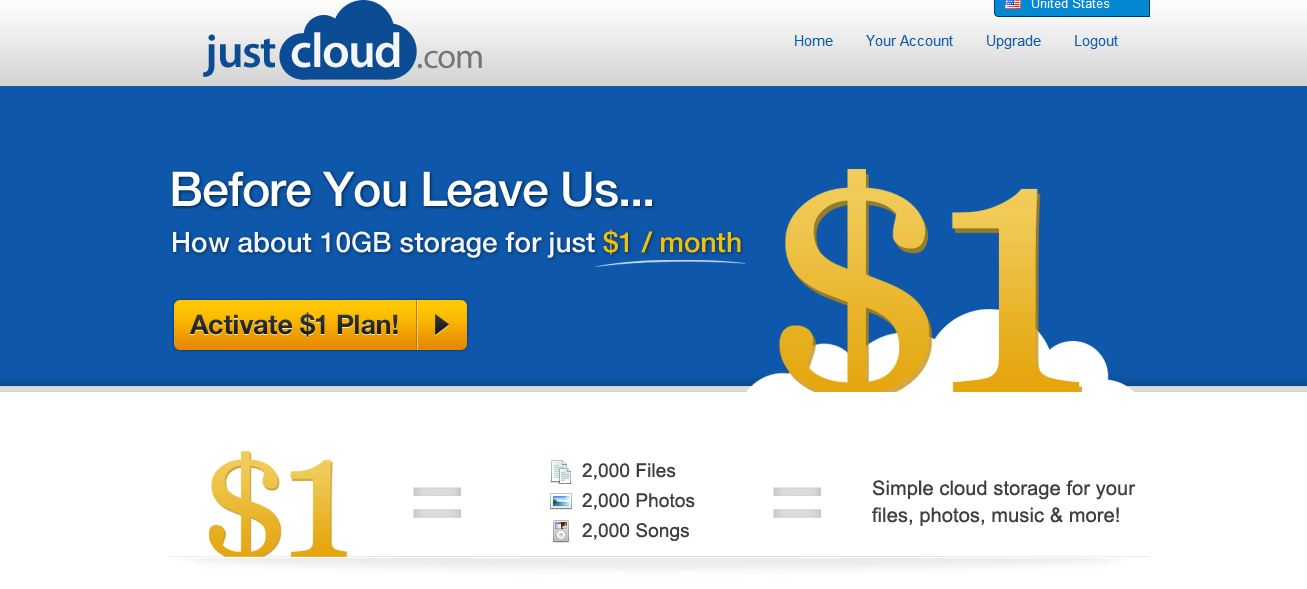
JustCloud, a cloud storage platform, offers users who are attempting to uninstall the program an unadvertised plan to entice them to stay with the service.
17. Target consumers who viewed a designated promotion but didn’t add the product to their shopping cart.
This copy should clearly define the benefits of the product as well as differentiate it from any prominent competitors.
18. Set up a target for visitors who came to your page, saw older products but missed new or updated products.
For example, a mobile phone store could target an individual who looked at the iPhone 7, but didn’t look at the iPhone 7s.
If you’ve captured the prospects’ email addresses during their visits, send a follow-up email and point out the other products you offer which might meet their needs.
If you’ve captured the prospects’ email addresses during their visits, send a follow-up email and point out the other products you offer which might meet their needs.
19. Customize email retargeting campaigns for those who leave without completing a purchase.
A reminder of the products they were looking at, details of the company’s return policy and any kind of promotional offer will help engage the shopper and drive conversions.
Read more: How Brands Can Use Hard-Earned CRM Data To Increase Sales on Facebook and Google
20. Consider your consumers’ objections.
Is the product too complex? Do they need help choosing between product A and product B? Retarget these prospects with information designed to help them make an educated decision. This is an ideal opportunity to make prospects aware of features and benefits that aren’t always obvious initially.
Retarget these prospects with information designed to help them make an educated decision. This is an ideal opportunity to make prospects aware of features and benefits that aren’t always obvious initially.
21. Offer customers who abandon their shopping carts an alternative way to check out.
Better yet, offer them the opportunity to speak with a customer service representative. This can sometimes be accomplished via pop-up windows, but these should be used sparingly to avoid turning visitors off.
22. Send queries to those who have visited your FAQ page.
These potential customers are looking for more answers and if you provide assistance in a timely manner, you may be able to close the sale. Lead the ad with a partial answer and encourage them to learn more by clicking through to your product landing page.
23. Target loyal customers with VIP specials and sales.
This is a great tactic to use all year long, and can help drive traffic during off-peak times. It’s also a great seasonal strategy: An apparel retailer, for instance, can retarget customers who purchased previously with ads promoting end-of-season clearance sales.
24. Target potential customers who have completed “mini conversions.”
This could include actions such as registering for free samples, with offers for the full-size or standard version.
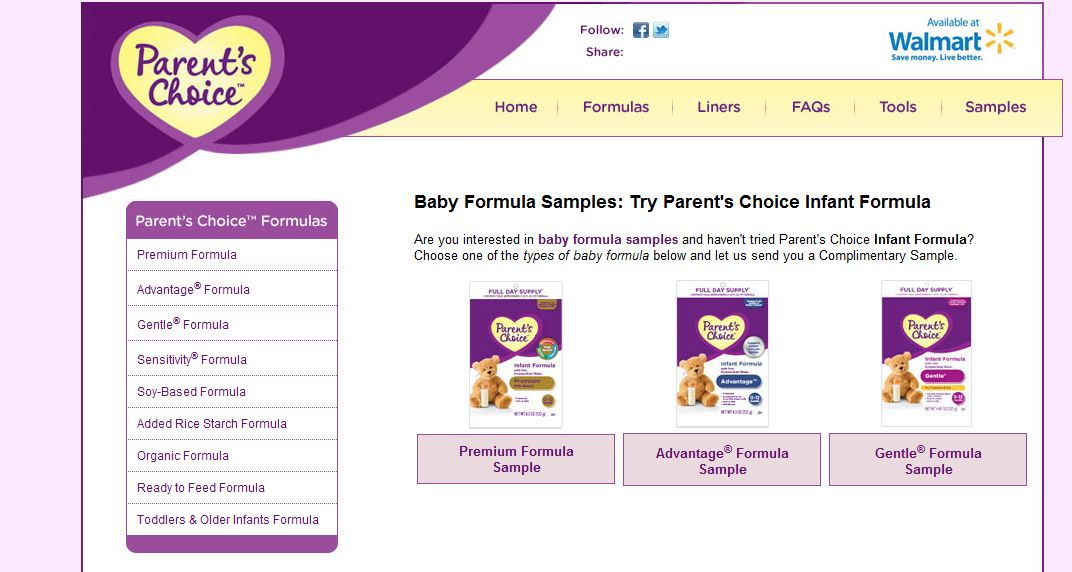
Parent’s Choice is using a savvy tactic: Customers have to give up their personal information, including mailing and email address, to receive a free sample. Retargeting these prospects then becomes simple.
25. Target your ads to forum participants or site members.
These small groups are interested in very niche products and are already engaged in your site or brand, making them more likely to respond to retargeting messages.
26. Develop a campaign that entices previous customers to consider buying accessories from you.
For example, someone who purchases a child’s bike from an online specialty store can be remarketed with offers for helmets, bike chains or even larger bicycles.
27. Send reminder emails to customers who have purchased gift baskets or flowers in the past.
ProFlowers will send birthday and anniversary reminders to past customers in hopes of getting them to buy again.
28. Target any brand loyalist that has “liked” your brand page on Facebook or followed you on Twitter.
Special promotions or sales strictly offered to these customers are a great way to expand your engagement with current followers and incentives for others to join your networks.
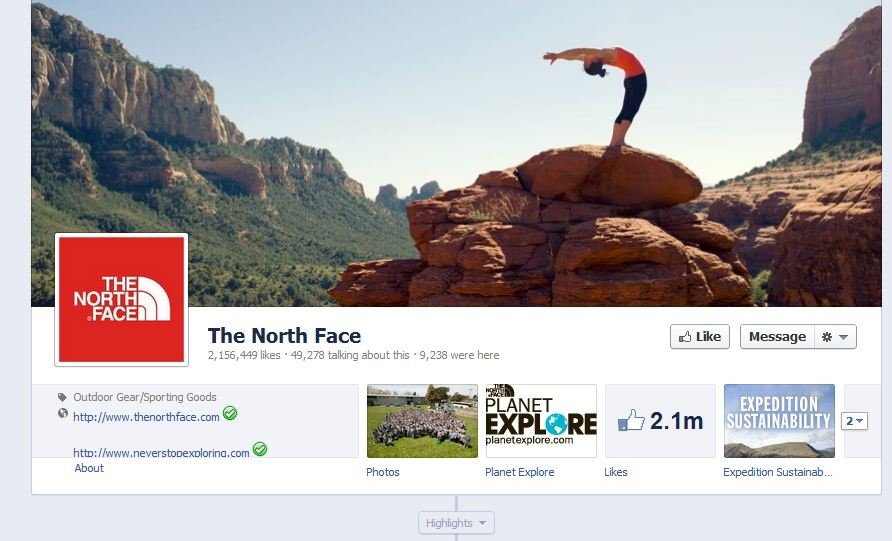
The North Face maintains a well-designed Facebook page. At the time this screenshot was taken, 2.1 million people have liked the page. Retargeting, in this case, is a no-brainer: Offer a special fans-only discount.
29. During the holiday season, retarget consumers who have had a good experience with your site more quickly than you would during other times of the year.
Many shoppers are looking for the perfect present, a good deal and an easy shopping experience. Include countdowns to the holidays to create a sense of urgency, or offer a last-minute shipping deal.
30. Use product-branded images to entice a consumer back to your site.
Once someone has been to your site they are already familiar with your company’s logo and the products offered. The familiar images will draw the consumer’s eye to the ad, boosting repeat click-throughs.
31. Be strategic when selecting ad placement.
You can select your ads location through Google AdWords, and repeating the same location in which your ad was first viewed by prospects is a wise idea.
Read more: 5 Google Display Remarketing Best Practices
32. Use complimentary advertising strategies to increase inbound traffic, such as social networking.
This will help expand your reach and provide more opportunities for direct sales and for remarketing.
33. Test a variety of sizes and placements when creating display ads to maximize your reach.
34. Use power words in your creative.
Words like free, limited-time and money-back guarantee have all been proven to increase conversions and engagement.
35. Retarget users at a specific time interval after they have made an initial purchase.
This is a great strategy for products with limited life spans or those requiring replacement parts, such as computer ink or water filtration products. Offer a discount for customers who place large orders in advance, such as a year’s supply of printer ink delivered bi-monthly.
36. Tailor your ads to meet a specific demographic.
For example, if you’re a high-end fashion jewelry designer, you may want to target women ages 25-34 who have yet to visit your site. Those who see your ad repeatedly will be more likely to remember your brand when ready to make a purchase.
37. Create custom combinations to further segment your audience.
For example, if you’re selling sports paraphernalia and want to increase your sales of women’s apparel, set your parameters to include women between the ages of 18-34 who have abandoned their shopping cart. Create a separate campaign for men between the ages of 35-44 who have done the same.
38. Don’t forget “negative” audiences.
Like using negative keywords, you can restrict your ads from being seen by specific groups. For example, after Valentine’s Day, a lingerie company may want to target anyone who purchased within the last 2 weeks, using negative audience segmentation to exclude any men who purchased gifts from the campaign.
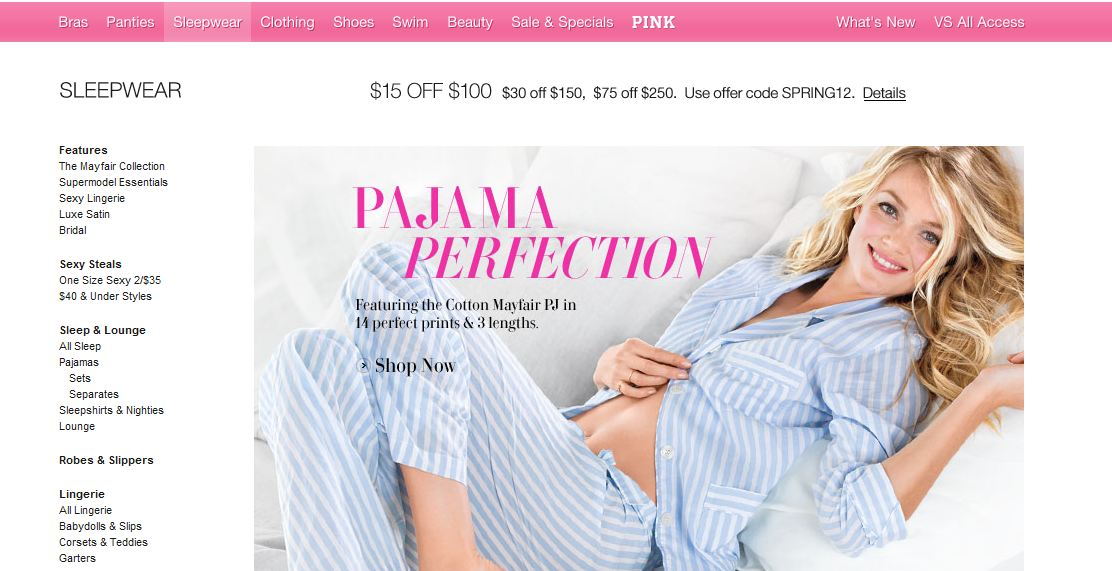
A company like Victoria’s Secret can utilize negative targeting to exclude men who have purchased gifts from their site.
39. Don’t forget about new customers.
Retarget shoppers who have entered specific terms into the search query.
For example, a shopper searching Google for gas grills will see initial paid search ads, but you can target these same potential customers a few hours (or even minutes) later with retargeting.
Even if the prospect ignored your ad the first time, seeing it a second time in a similar search may spark a memory and lead them to click through.
40. Target customers based upon their entry page.
For instance, you can filter your audience to include those who reached your site via a specific ad or link, or those who reached a product landing page but didn’t convert.
41. Create a series of messages.
Conversion rates rise after each ad exposure. But try not to overwhelm your prospects by showing them ads every few seconds. Find the fine line between too much and too little exposure.
42. Limit the number of times a particular ad is seen by the same person.
At the very least, spread out the frequency so prospects aren’t bombarded with an obtrusive amount of ads in a short period of time. Switching out the ad copy can reduce this effect.
43. During busy shopping seasons like Christmas or back to school, raise your frequency caps.
Consumers anticipate and are more accepting of vast quantities of ads and are often planning to make more purchases.
44. If you’re planning on ramping up your retargeting campaign during busy holiday seasons, create all of your ads at one time.
Schedule different ads to appear at different times, or run two concurrently to conduct an A/B test.
With a variety of ads in your queue, you can easily swap out one ad for another without scrambling to come up with more creative during the busy season.
45. Set realistic conversion goals.
Know what end-result you are looking for with a remarketing campaign, and don’t be afraid to run an A/B test or tweak your ad copy until you reach your conversion goals.
46. Use customized landing pages.
Align these with remarketing message to place prospects into the sales funnel.
47. Measure the success of your campaign through an analytics program.
Try Unbounce for landing pages and Google Analytics for AdWords and conversion statistics.
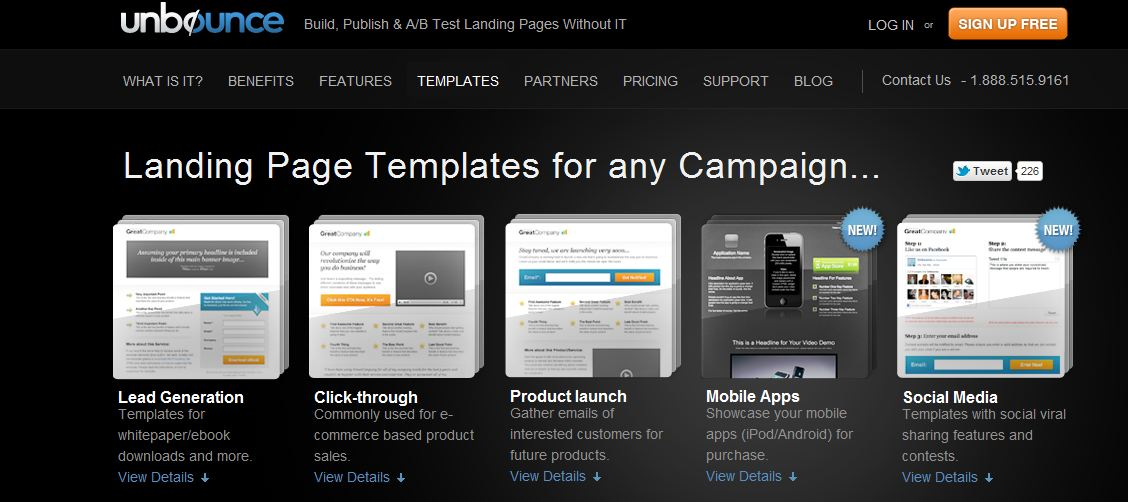
Unbounce makes creating Landing Pages easy for just about any type of campaign.
48. Run an A/B test to find the most effective ad for a particular demographic.
Variants of an ad are tested to see which is version (A or B) drives more conversions. There are multiple applications that ease both the design and testing process for landing pages.
49. Run Beta tests to discern the optimal cadence of product ads.
Should it be one hour, 24 hours or one week? Each campaign will be different and may require different strategies.
50. If remarketing campaigns seem intimidating, outsource to a company specializing in retargeting.
Companies like AdRoll, ReTargeter and Chango help you build effective retargeting campaigns and increase conversions.
Did we miss any? What remarketing techniques have worked for you?
You Might Be Interested In




